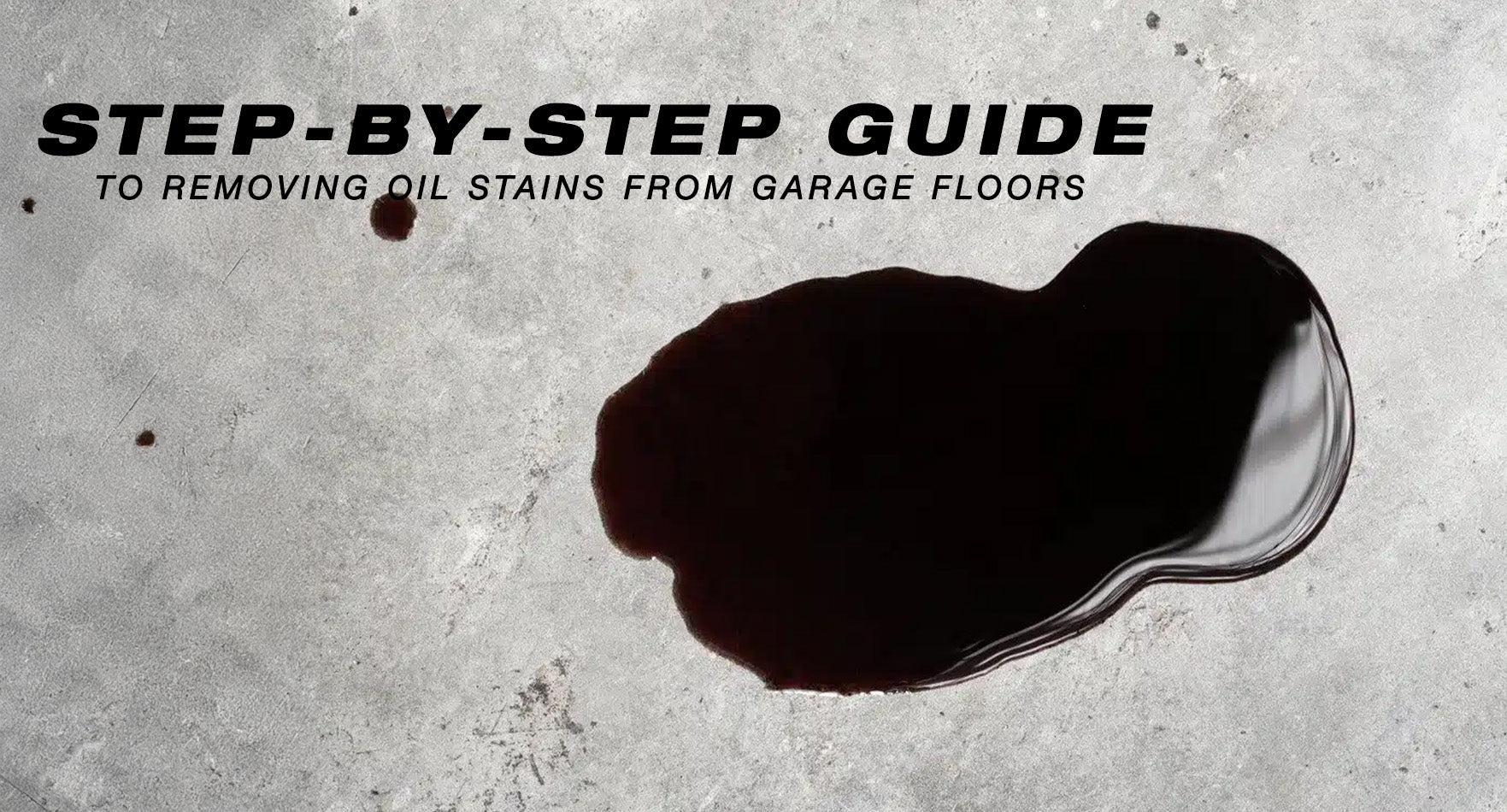In busy industrial environments, warehouse floors take a beating. Whether it’s spilled oil, chemical leaks, forklift tire marks, or hardened grime from pallet traffic, stains can quickly turn a clean workspace into a safety hazard. Left untreated, these stains not only compromise aesthetics but can also damage floor coatings and reduce traction. Fortunately, with the right process and equipment, even the most stubborn stains can be tackled effectively. This guide provides a step-by-step approach to removing tough stains from warehouse floors—and highlights how tools like Tomahawk’s floor scrubbers streamline the job.
Step 1: Identify the Type of Stain
Before diving into cleaning, determine the source of the stain. Oil, grease, rust, tire marks, paint, or chemical spills each require different treatments. For instance, oil-based stains need degreasers, while rust may need an acidic solution. Avoid using the wrong cleaner, which can set stains deeper or damage the concrete. Knowing the stain type will guide your choice of cleaning agents and equipment settings.
Step 2: Apply an Industrial-Grade Cleaner or Degreaser
Once the stain is identified, apply an appropriate industrial-strength cleaner. For oil and grease, use a concrete-safe degreaser. Let it dwell on the surface for 10–20 minutes to penetrate the concrete pores and begin lifting the stain. For particularly stubborn buildup, cover the treated area with a plastic sheet to slow evaporation and enhance effectiveness. Always wear gloves and goggles, and ensure the warehouse is ventilated during this process.
Step 3: Scrub the Surface Using an Industrial Floor Scrubber
Manual scrubbing may work for light stains, but for heavy-duty industrial cleaning, nothing beats the power and efficiency of a floor scrubber. Machines like Tomahawk’s 20-Inch Auto Floor Scrubber Cleaner and 18-Inch Electric Floor Scrubber Cleaner use rotating brushes to break through embedded grime. These scrubbers apply consistent pressure and evenly distribute cleaning solution, removing deep-set stains without leaving streaks or puddles.
Their integrated squeegee systems also vacuum up dirty water, which prevents re-soiling and speeds up drying—crucial in high-traffic warehouse environments where downtime must be minimized.
Step 4: Rinse and Inspect
After scrubbing, rinse the area with clean water to remove any chemical residue. Use the floor scrubber’s vacuum feature to suction away excess water. Inspect the stain—if it’s still visible, repeat the degreaser application and scrub again. Some deeply embedded stains may require several rounds or a more abrasive brush head. Be patient; the combination of the right cleaner and a powerful scrubber typically produces excellent results with each pass.
Step 5: Prevent Future Stains with Protective Measures
Once your floor is clean, take steps to prevent stains from returning. Apply a concrete sealer to protect the surface and make future cleanups easier. Introduce absorbent mats near heavy equipment or loading zones. Implement spill response protocols and schedule regular floor scrubbing using tools like Tomahawk's industrial machines to maintain a clean, hazard-free environment.
For especially tough material buildup—like hardened paint, epoxy remnants, or damaged surface layers—pre-treatment with a demolition tool like the Tomahawk Electric Demolition Jack Hammer may be necessary. It ensures you’re not working over compromised surfaces before scrubbing.
Warehouse stains may be inevitable, but they don’t have to be permanent. With the right cleaning solutions and professional-grade equipment like Tomahawk’s electric floor scrubbers, you can restore your floor’s cleanliness, safety, and visual appeal in no time. When stain removal is part of your regular facility maintenance strategy, you're not just protecting the floor—you're elevating the entire work environment.










